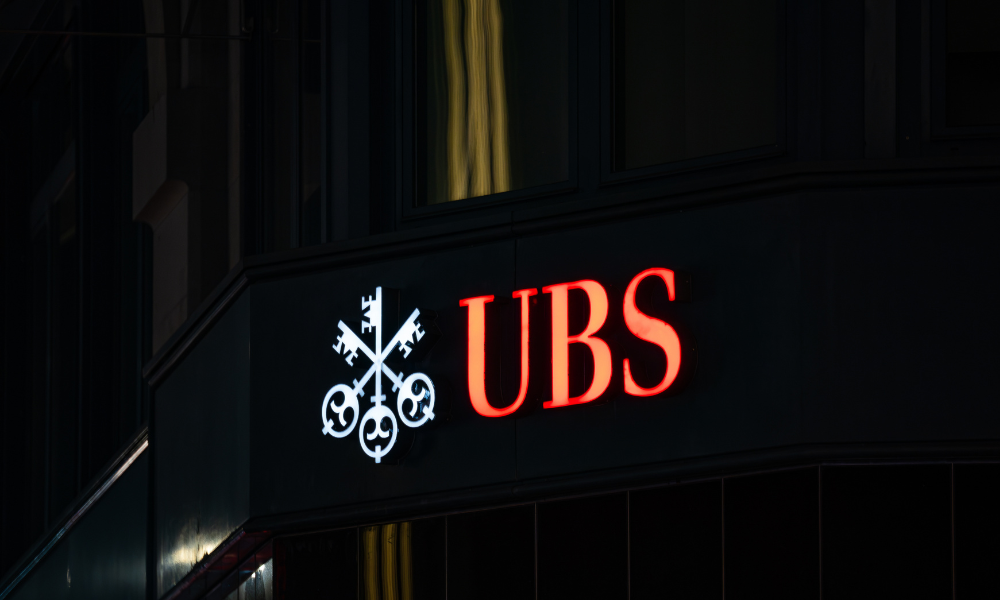

by Irene García Pérez and Todd Gillespie
UBS Group AG is in talks to sell its hedge fund unit O’Connor to Cantor Fitzgerald LP, a move that would end a more than three-decade run of ownership by the Swiss bank, according to people familiar with the matter.
The deal could involve a possible revenue sharing agreement, one of the people said. In that case, Cantor would acquire the unit from UBS’s asset management division, and the Swiss bank would receive some of the proceeds, the person said.
UBS is currently seeking ways to trim riskier businesses overall as it faces extra capital requirements of as much as $25 billion due to tougher regulation in Switzerland. A sale would end more than three decades of ownership of the former Chicago-based derivatives house O’Connor & Associates, which its predecessor, Swiss Bank Corp., began acquiring in 1992. O’Connor had $16.5 billion of regulatory assets under management, which includes leverage, at the end of December, according to an annual filing.
Representatives for UBS and Cantor Fitzgerald declined to comment.
The talks come after Cantor’s April announcement that it would buy Canaccord Genuity Group Inc.’s wholesale market-making business. That’s part of a push to grow its equities business, whose volume traded has grown rapidly in recent years.
In an interview with Bloomberg in March, the new chief executives of Cantor, Cantor Fitzgerald’s private investment bank and brokerage, said they were looking to grow through acquisitions and aggressive hiring. Cantor already has a small asset management business.
They also said they are no longer in contact with Howard Lutnick, the Wall Street billionaire who stepped back from running their company this year to become President Donald Trump’s commerce secretary.
However, Lutnick installed two of his sons to run the parent company, Cantor Fitzgerald LP, and is in the process of divesting his ownership stake to family members.
At UBS, Aleksandar Ivanovic took the reins of the asset management unit in January last year following the retirement of Suni Harford. A few months later, the bank reshuffled the leadership as part of a push to streamline the division’s product offering and reduce its cost base, Ivanovic told staff in an internal memo.
At the end of March, the asset management arm had $1.8 trillion of invested assets, a figure that was boosted by 2023’s emergency takeover of Credit Suisse. Prior to that rescue, UBS had been reportedly exploring strategic options for the business that caters to institutional investors from pension funds to other asset managers.
O’Connor & Associates was founded in 1977 by mathematician Michael Greenbaum, with funding from brothers Edmund and William O’Connor, according to the book “The Predictors” by Thomas A. Bass, who wrote that the firm “made money hand over fist” and “developed a cult of secrecy.”
The firm was started as a private partnership focused on market-making and derivatives trading before its acquisition by Swiss Bank Corp. UBS O’Connor’s traders developed the bank’s equities proprietary-trading desk before opening hedge funds to clients in 2000. Its strategies span from multi-strategy and event-driven investing to private credit.
Earlier this week, UBS announced a separate deal in private credit with alternative asset manager General Atlantic. The partnership is focusing on direct lending to companies in North America and Europe.
Copyright Bloomberg News

Rajesh Markan earlier this year pleaded guilty to one count of criminal fraud related to his sale of fake investments to 10 clients totaling $2.9 million.

From building trust to steering through emotions and responding to client challenges, new advisors need human skills to shape the future of the advice industry.

"The outcome is correct, but it's disappointing that FINRA had ample opportunity to investigate the merits of clients' allegations in these claims, including the testimony in the three investor arbitrations with hearings," Jeff Erez, a plaintiff's attorney representing a large portion of the Stifel clients, said.

Chair also praised the passage of stablecoin legislation this week.

Maridea Wealth Management's deal in Chicago, Illinois is its first after securing a strategic investment in April.
Orion's Tom Wilson on delivering coordinated, high-touch service in a world where returns alone no longer set you apart.
Barely a decade old, registered index-linked annuities have quickly surged in popularity, thanks to their unique blend of protection and growth potential—an appealing option for investors looking to chart a steadier course through today's choppy market waters, says Myles Lambert, Brighthouse Financial.
